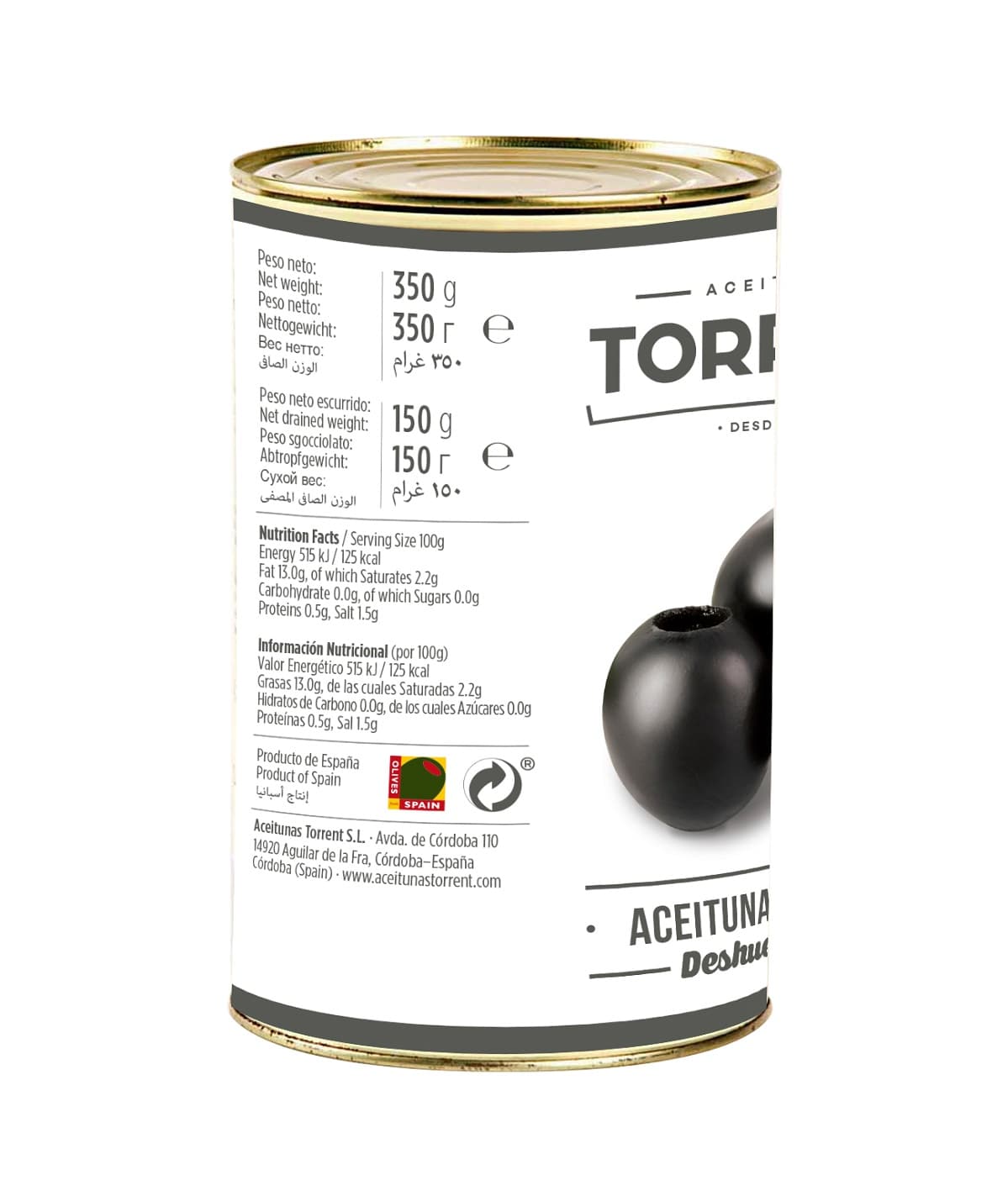Many people believe that black olives are harvested in their dark color. But that’s a common misconception! Most black olives used in appetizers and recipes actually start as green olives, harvested at their optimal ripeness between September and October.
While green olives retain their color after being processed, black olives undergo oxidation, which gives them their dark appearance. Despite these distinct curing methods, both types share similar nutritional properties, with a few key differences.
 More Iron, Less Salt
More Iron, Less Salt
The biggest nutritional difference between green and black olives lies in their iron and sodium content, both of which are affected by the oxidation process.
Black olives contain less salt, making them a better option for people with high blood pressure.
They have more iron than green olives, which makes them a great ally against anemia. Iron plays a crucial role in producing proteins that transport oxygen in the blood.
Heart-Healthy Fats
Both green and black olives are rich in monounsaturated fats, which are known for their heart-healthy benefits. These healthy fats help reduce bad cholesterol (LDL) while increasing good cholesterol (HDL), lowering the risk of cardiovascular diseases.
A Great Source of Vitamin E
Like vegetable oils, nuts, and leafy greens, olives—both green and black—are an excellent source of Vitamin E. This essential nutrient: Strengthens the immune system, Improves circulation, Protects cells from toxins
 Do Black Olives Have More Calories?
Do Black Olives Have More Calories?
A common question is whether black olives contain more calories than green ones. The answer? No! Both types provide approximately 150 calories per 100 grams, depending on pulp size, brining, and variety.
So, if you love olives, there’s no need to hold back! Black olives not only offer incredible flavor, but they also provide more iron and less salt, making them a fantastic addition to a healthy diet.








